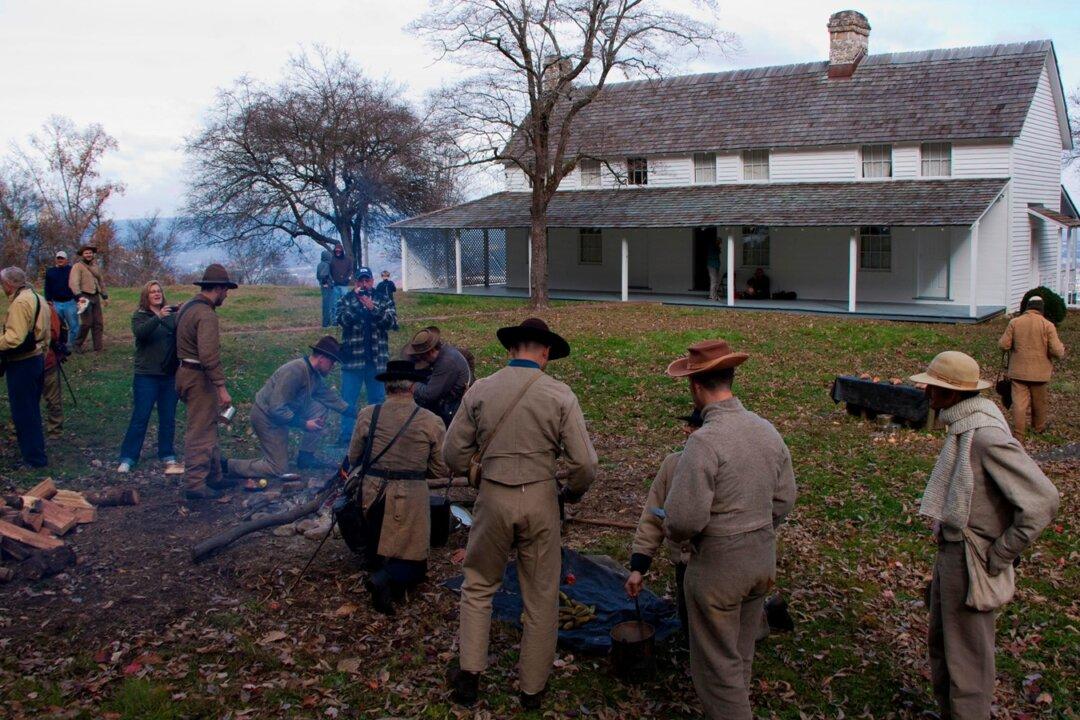Since the mid-19th century, Cravens House has been prominently visible on Lookout Mountain, Tenn., from the city of Chattanooga in the valley below. In fact, a December 26, 1863, Harper’s Weekly etching depicting a noteworthy Civil War battle that occurred there is on display at the Lookout Mountain Battle Visitor Center, and the “white house” is the only obvious structure on one side of the rocky mountainside.
While it can be driven to, the National Park Service (NPS) preserved and protected Cravens House is actually most accessible via an off-the-beaten-path trail, which winds down from an imposing boulder that jets out of Lookout Mountain from Point Park.





